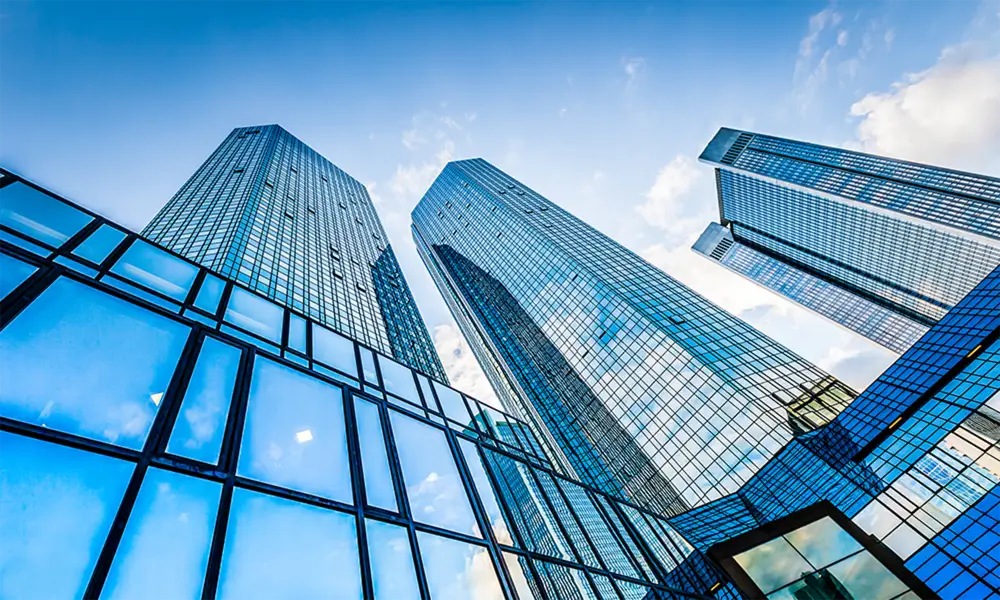

The Advantages and Applications of High Reflective Glass
High reflective glass is a specialized type of glass designed to reflect a significant portion of solar radiation, while permitting a level of visible light to pass through. This unique formulation has made it popular in a variety of applications, particularly in the architecture and construction sectors. Its ability to enhance energy efficiency and improve aesthetic appeal has garnered considerable attention from builders, architects, and homeowners alike.
Understanding High Reflective Glass
At its core, high reflective glass is created by depositing a thin layer of metal or metallic oxide on the surface of the glass. This layer enhances its reflective properties. The degree of reflectivity can be adjusted by varying the thickness of the coating and the materials used. The end result is a product that can reflect up to 60% or more of solar energy, drastically reducing the heat transfer into buildings while still allowing enough natural light to illuminate interiors.
Energy Efficiency Benefits
One of the primary advantages of high reflective glass is its contribution to energy efficiency. In both residential and commercial buildings, effective insulation against heat transfer is crucial for maintaining comfortable indoor temperatures. High reflective glass helps to reduce the reliance on air conditioning systems during warmer months, leading to lower energy bills and a reduced carbon footprint. According to various studies, buildings equipped with high reflective glass can experience a decrease in cooling energy consumption by up to 30%. This feature makes it an attractive option in regions with hot climates, where energy costs can be particularly high.
Aesthetic Appeal
Beyond its functional benefits, high reflective glass also offers significant aesthetic advantages. The glass provides a sleek, modern appearance that complements contemporary architectural styles. Its reflective surface can create stunning visual effects, allowing buildings to blend harmoniously with their surroundings. Daylight can be harnessed effectively, creating striking interior spaces bathed in natural light without the accompanying heat gain. Furthermore, the reflective nature can add a layer of privacy, as it inhibits views into the building during daytime while offering clear visibility from the inside out.

Applications in Architecture
The applications of high reflective glass are vast, extending from office buildings and commercial complexes to residential homes and skyscrapers. In commercial settings, it can enhance the exterior appearance of a building while improving the comfort of its occupants. Skyscrapers frequently utilize high reflective glass to create iconic silhouettes against city skylines, utilizing the reflections of neighboring structures and natural landscapes to create dynamic visual experiences.
Moreover, high reflective glass can be used in energy-efficient fenestration systems. Windows and curtain walls made from this glass integrate seamlessly into energy-conscious design strategies, contributing to the overall sustainability of a building. In regions where LEED certification is pursued, the use of high reflective glass can contribute toward the points needed to achieve this standard, demonstrating commitment to environmental stewardship.
Challenges and Considerations
Despite its numerous benefits, high reflective glass does come with some challenges. The production and installation of this type of glass can be more expensive than standard glass options, which may deter some developers or homeowners. Additionally, its reflective properties can cause issues in specific contexts, such as creating glare for nearby buildings or pedestrians. Careful consideration of orientation, site context, and local regulations is essential to mitigate these issues.
Conclusion
High reflective glass stands out as a powerful tool in the arsenal of architects and builders, merging energy efficiency with aesthetic elegance. Its myriad benefits, from lowering energy consumption to enhancing the visual appeal of structures, make it an essential element in modern architecture. As society continues to prioritize sustainability and innovative design, high reflective glass is likely to play an even more significant role in the built environment of the future. Balancing functionality with beauty, this unique material represents a forward-thinking approach to contemporary architectural challenges.